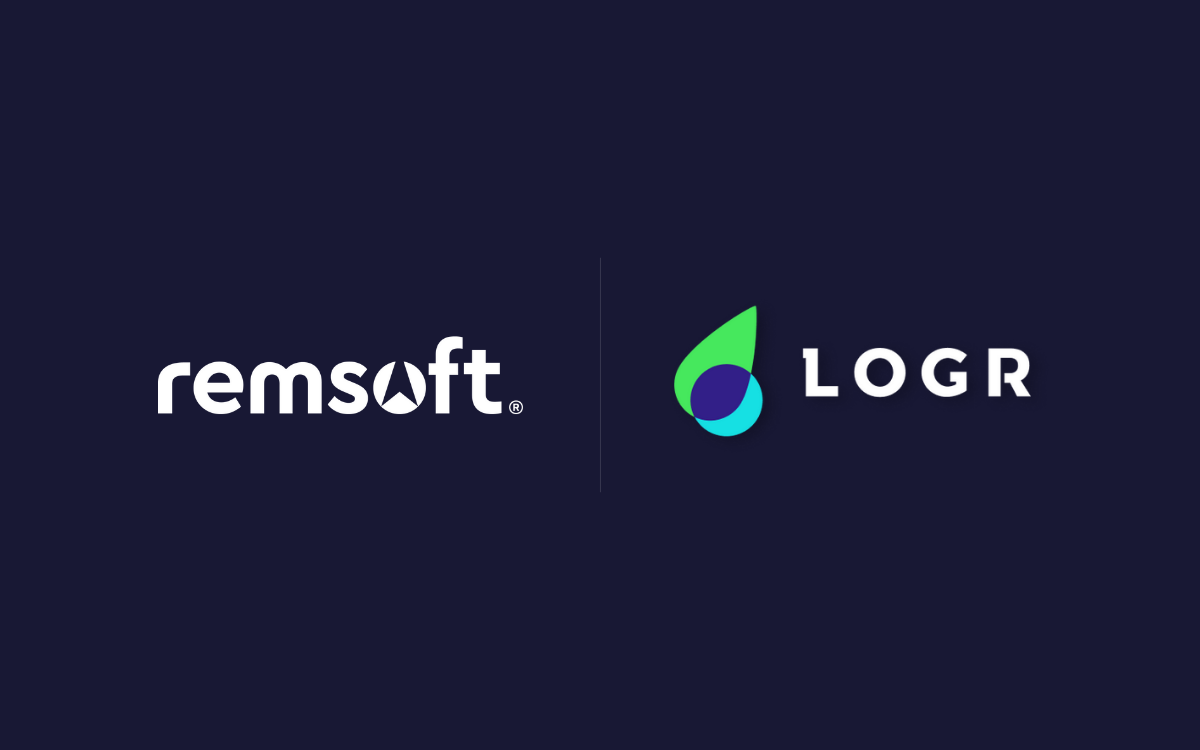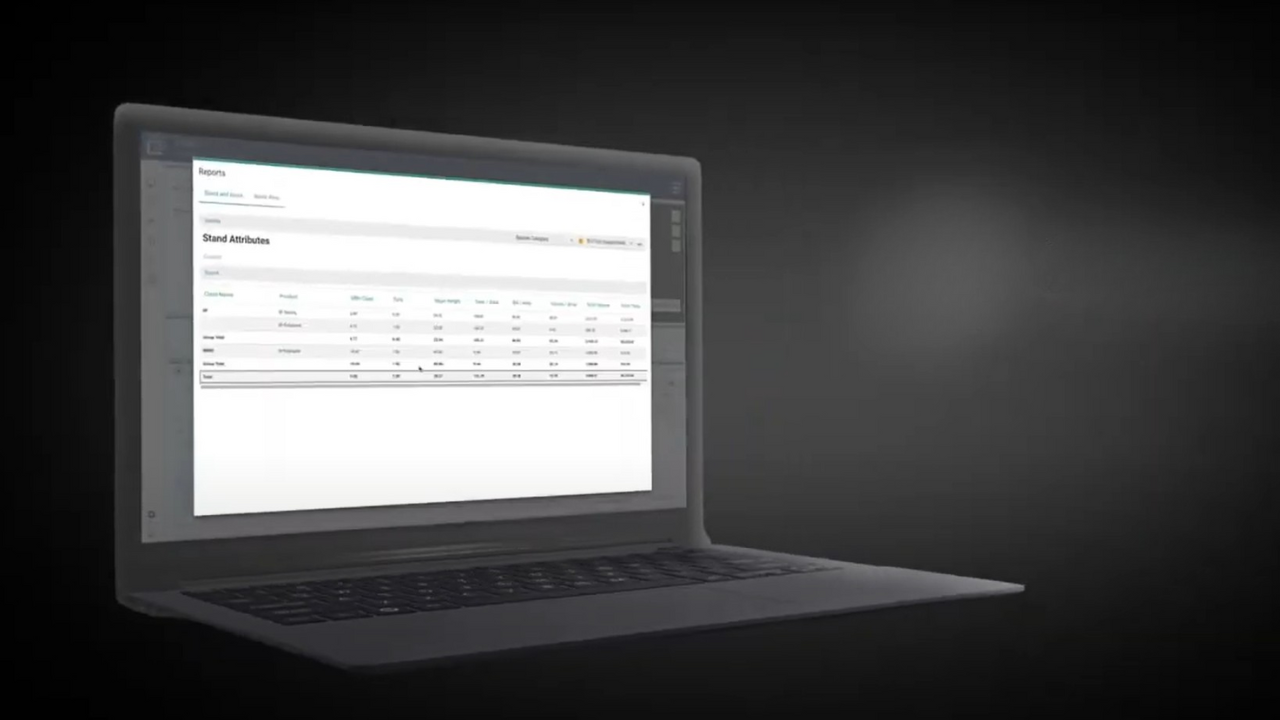Van Dyke anticipated that Prism was going to improve the efficiency and data quality of timber cruising at BFPG, but he was still surprised by just how big a difference the digital tool made for his workflow and the company.
“I can probably cruise 15 to 20 percent more plots each day using Prism,” he said. It depends on the type of timber and other conditions in the field, but Van Dyke can now work through 5 to 10 more plots every day with Prism versus the old system. And that number is only increasing as Prism becomes part of the new routine. He recently worked through 39 plots in a single day with Prism, which represents a 56 percent gain in efficiency over the old system, whereby 25 plots were considered a productive day in the field.
The forester estimated that it costs BFPG roughly $800 USD for the labour and travel required for a day of cruising. The average cruise area for a timber sale is 150 acres, which takes one forester two days to work through the sample plots. If we take the conservative estimate of a 15 percent efficiency gain with Prism over the old system that translates into a cost savings of $240 per cruise. And the day Van Dyke worked through those 39 plots, Prism saved BFPG $896. Those savings rise fast when you consider that Van Dyke cruises around 4,000 acres per year.
“All the little time savings that come with the program really add up at the end of the day,” Van Dyke said. He described how Prism’s flexibility and configurability are what account for the dramatic gain in efficiency when you’re out in the forest.
Van Dyke first designs a cruise using the web application in the office and configures what values will be available to select when entering measurements in the field. So when he is out in the forest, he can select characteristics from this pre-determined list versus typing out the entire number or description. “The mobile app does a good job minimizing the amount of clicks you need to do with the stylus or your fingers,” Van Dyke said. “Like four taps per tree and you’re done.”
Prism’s configurability reduces how much Van Dyke must interact with his tablet in the field and cuts down on the distance he needs to travel when collecting data in a sample plot. Unlike other cruising applications, Prism allows you to enter data points on however many trees you want, when you want. You don’t have to stick to completing the profile of one tree before moving on to the next.
The ability to add multiple rows of incomplete data and then come back and change them as you walk throughout the plot is a major advantage,” Van Dyke said. “You can spend more time out in the plot measuring trees rather than going back and forth from plot centre to see if a tree is in or out.”
Prism also harnesses the tablet’s internal GPS capability so it comes equipped with built-in navigation and plot proximity notifications. This means foresters and can find the plot centre with Prism even when working in a remote and offline environment. Foresters only need one device when working with this rugged application from Lim Geomatics. They don’t have to switch back and forth between entering data and then marking off an area on their cellphone or a paper map.
Prism was also designed with a two-way synchronization feature so foresters can transmit data from the forest to the office and the office to the forest with a click of a button when connected to a cellular network or wifi. “After a day of cruising, I just hit sync and then it automatically pushes it out there,” Van Dyke said. “All the plots that I’ve done show that they’re done and any that I didn’t get done, show as incomplete.” He described how this feature is especially helpful when you have a team of foresters working a cruise together. Everyone knows what plots have been done and which ones are left to do without resorting to hand drawing over paper maps. “You can see what plots are done, who did them, what time, all that kind of stuff,” he said.
Van Dyke said that Prism has increased the efficiency of data management by 50 percent. The workflow from the old system took at least an hour and the new digital tool and workflow has cut that down by half. Prism has also reduced how much data is entered manually, which translates to fewer errors and improved overall data quality. And this is only the beginning.
BFPG has a three-step workflow for processing cruise data so they can arrive at a reliable value for what to bid on a timber sale. Prism has replaced the old data collection hardware and the first step in the data processing workflow. Van Dyke said he anticipates that the application will also take over the second step of their financial modeling workflow. “Right now 75 percent of the data is in Prism, whereas maybe in six months from now that might be 90 percent,” he said. Prism comes stocked with configurable equations so users can also calculate important variables such as merchantable volume or stumpage value.
Van Dyke concluded with high hopes for the new tool, “the real test will be if Prism doesn’t freeze this February when I’m belt deep in the Peshekee River.”




